Helpful Tips to Prevent Shoplifting
Each year, shoplifting accounts for millions of dollars of loss for businesses all across the country. Some of the most common items stolen include watches, jewelry, music, books, clothing, and even car parts. While installing a security camera can help to identify suspects after the theft occurs, there are quite a few things a retailer can do to stop shoplifting from taking place in the first place.
Some actionable tips that can help all types of retailers this holiday season include:
• Greet customers as they come into the store.
• Watch for the customers who avoid eye contact, linger, are constantly looking for the employees, wander around the store or seem to be overly nervous.
• Make sure your employees keep moving and walking around the store.
• Maintain the store and keep it well-organized and clean.
• Restrict the use of the fitting rooms to only customers who request them.
• Install various anti-theft devices.
• Create a shoplifting policy and make sure to enforce it.
• Hire plenty of employees.
• Talk to other businesses in the area about suspicious behavior they may have seen.
• Keep items that are often stolen in plain view.
If you ever do suspect that a person is shoplifting, do not accuse them of this. Instead, just ask them if you can either help them or ring them up. Keep an eye on the person and contact security or a manager right away. You should never attempt to stop the person that’s shoplifting, and if they wind up leaving the store, try to provide a detailed description of the individual, as well as what they are driving.
4 Tips to Safeguard Your Business from a Break-In
Good business security offers peace of mind and helps to prevent acts of vandalism and robberies. Being able to protect your business from a possible theft and break-in is essential for creating a safe environment for your customers and workers – all while protecting your assets.
Below are 4 tips that will help you keep your business safe and sound:
1. Find vulnerable areas.
The first step is to take a walk around the building. Hunt for any damaged windows, doors or other locations where someone could get in undetected. Repair or replace any weak areas.
2. Use video surveillance (CCTV). This is perhaps the most important component of good business security. Having video surveillance allows you to see what is going on. With today’s CCTV systems, you can have live access to your cameras, day or night, from wherever you are (as long as you have access to the internet). And, if a break-in does occur, you have the evidence necessary to catch the culprit. This will also help protect your business from employee theft.
3. Use access control card systems. There are likely some parts of your business where you have rather expensive assets or sensitive information. When you install an access card control system, you will be able to limit some rooms to only authorized individuals. If someone were to break-in, they would have a hard time getting into these locked areas.

4. Advertise your security system. Once the security equipment has been installed, be sure that you post stickers and signs all around letting would-be burglars know about the system.
When you secure your business as outlined above, you’ll have peace of mind knowing your location is safe and sound.
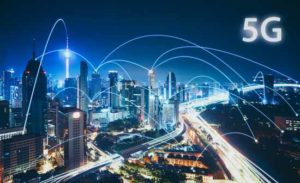

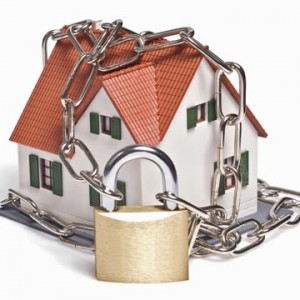
 The images above show the difference between a parking garage being monitored by a camera with no WDR or WDR turned off on the left, and on the right the same area monitored by a camera with WDR enabled. The difference is clear as day. Why do they differ so much? The camera with the WDR enabled has two internal Charge-Coupled Devices (CCD). The two devices, or sensors, scan an image at different speeds, one low and one high, the image processor then combines the separate images producing a clearer, more balanced picture with better contrast and lighting. This process happens quickly enough to produce a stream of clear recorded footage. There are many different manufacturers that produce these WDR cameras in the market today, and not all of them use the same type of sensor and image processing combinations. The best way to ensure you are getting the best camera for your specific application is to hire a licensed security systems integrator who is educated in which camera specifications will work best in variant conditions.
The images above show the difference between a parking garage being monitored by a camera with no WDR or WDR turned off on the left, and on the right the same area monitored by a camera with WDR enabled. The difference is clear as day. Why do they differ so much? The camera with the WDR enabled has two internal Charge-Coupled Devices (CCD). The two devices, or sensors, scan an image at different speeds, one low and one high, the image processor then combines the separate images producing a clearer, more balanced picture with better contrast and lighting. This process happens quickly enough to produce a stream of clear recorded footage. There are many different manufacturers that produce these WDR cameras in the market today, and not all of them use the same type of sensor and image processing combinations. The best way to ensure you are getting the best camera for your specific application is to hire a licensed security systems integrator who is educated in which camera specifications will work best in variant conditions.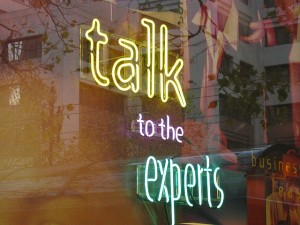
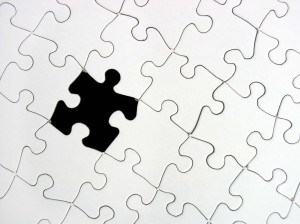

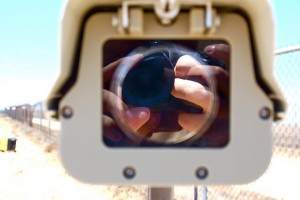 When it comes to security systems you may have heard the term “edge technology,” “edge analytics,” or “edge devices.” What exactly do these terms mean and why are they important? When talking about security systems “the edge” is typically used when referring to video surveillance components. Every security system integrator and industry professional will likely have their own definition of what it means, but in summary “edge technology” refers to surveillance devices that operate, analyze, and record at their source versus transmitting all that information over a network to the system’s core. In traditional surveillance systems there is a central server where recorded data from peripheral devices is stored and analyzed. In an edge-based system cameras perform these functions locally.
When it comes to security systems you may have heard the term “edge technology,” “edge analytics,” or “edge devices.” What exactly do these terms mean and why are they important? When talking about security systems “the edge” is typically used when referring to video surveillance components. Every security system integrator and industry professional will likely have their own definition of what it means, but in summary “edge technology” refers to surveillance devices that operate, analyze, and record at their source versus transmitting all that information over a network to the system’s core. In traditional surveillance systems there is a central server where recorded data from peripheral devices is stored and analyzed. In an edge-based system cameras perform these functions locally.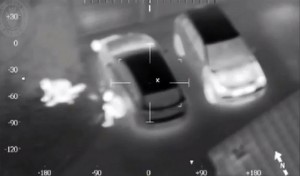 Not all surveillance cameras are created equally. It may seem as simple as selecting a surveillance camera and popping it into place, but what about the external factors that affect the quality of recorded images? One of the top concerns for industry professionals and end-users alike is a cameras ability to see in the dark or varied light conditions. Whether you’re using interior or external cameras, their ability to function under varied light conditions is paramount. Our experts at
Not all surveillance cameras are created equally. It may seem as simple as selecting a surveillance camera and popping it into place, but what about the external factors that affect the quality of recorded images? One of the top concerns for industry professionals and end-users alike is a cameras ability to see in the dark or varied light conditions. Whether you’re using interior or external cameras, their ability to function under varied light conditions is paramount. Our experts at 